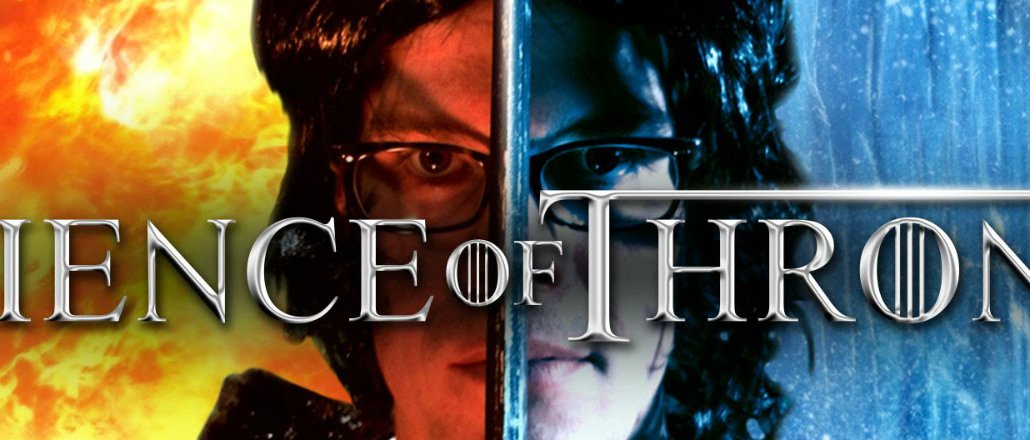
Not even stodgy old PBS is immune from wanting in on the hottest new thing.
PBS Digital Studios, the digital content arm of PBS, will start producing original videos for Facebook with plans to experiment and roll them out this summer, according to Brandon Arolfo, senior director of content development at PBS Digital Studios. Right now, PBS Digital Studios is primarily focused on YouTube, where it operates a network of 30 channels that generated more than 30 million views in March.
But with Facebook promising unparalleled reach, it was only a matter of time before PBS tapped the platform for original content and distribution. “We’re taking it slowly, digesting as much as we can about what may perform better,” said Arolfo. “But as they do perfect their video player and their monetization strategy, we can’t help but feel we have to be part of that realm as well.”
In short, even for public broadcasters with minimal resources, scale is sexy.
Instead of creating entirely new shows for Facebook, PBS Digital plans to extend its existing YouTube programming to the platform. YouTube shows like “It’s Okay to be Smart,” which has an established host and audience, will start distributing on Facebook. However, instead of simply moving an episode from one platform to another, PBS Digital aims to create original, “ancillary” content that supports the existing programming, repurposed specifically for Facebook and, increasingly, other formats. PBS Digital is also exploring doing content on Snapchat, the company said.
Diversifying its overall distribution strategy is a core focus for PBS Digital Studios in the coming year. This is partially because it’s become apparent that digital ad revenue alone can’t support the cost of most video.
“[YouTube] is a nice little sprinkling of revenue, but it’s not enough to pay for or recoup the costs for series,” said Arolfo. Instead, PBS Digital relies on a blended-revenue model, which includes making money from content licensing and syndication as well as sponsorships and public funding. In the past year, the digital network has done eight deals with advertisers like Dropbox and SquareSpace to underwrite the costs for some shows.
“In a perfect world, all of our inventory will have a supporter, but we also have to be careful that the network doesn’t become oversaturated,” said Arolfo.
More in Media

WTF is behind the explosion of faceless creators?
Brands are rapidly increasing their spending on faceless creators, showing the unique benefits of working with this type of influencer.

In Graphic Detail: As ‘Grow a Garden’ booms, a new report shows the marketing power of Roblox
The explosive growth of “Grow a Garden” has brought new attention to Roblox — and rejuvenated marketers’ interest in its advertising power.

Brand deals surge for golf creators as the sport’s popularity spikes
Golf is booming, and so is influencer marketing. As a result, golf creators are signing an unprecedented number of brand deals in 2025.





